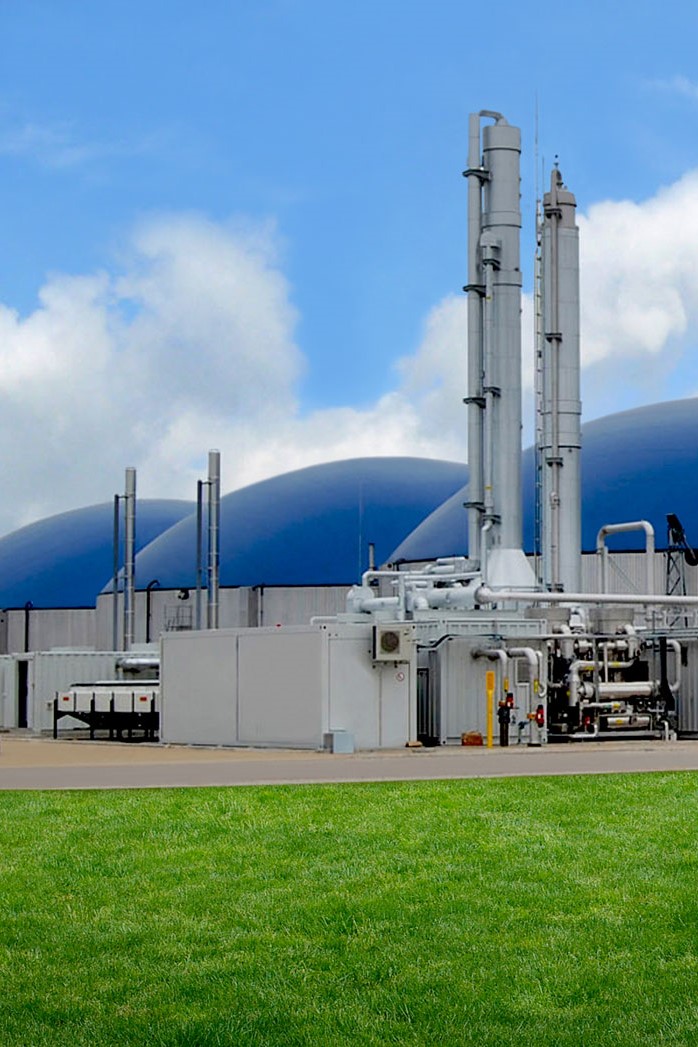
Biomass Energy
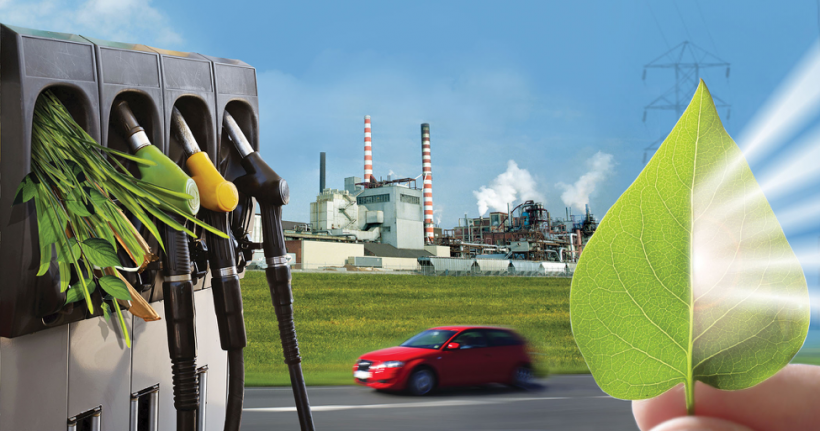
Renewable Energy from Plants and Animals
Biomass is one of the renewable organic material that comes from plants and animals. In ancient time’s biomass was the largely use energy source. Still in some developing regions biomass is using as fuel for cooking and heating purposes. As a remedy for high carbon dioxide emissions from fossil fuel many developing countries moving to biomass fuels for transformation and for electricity generation.
Plants convert the energy from the sun in to chemical energy and those were store in the bodies. This energy is calls the biomass energy. So biomass can burned directly for heat or convert to renewable liquid and gaseous fuels through various processes. These biomass can burned directly for heat or converted to renewable liquid and gaseous fuels through various processes.
Biomass sources for energy include:
1.Wood and wood processing wastes—firewood, wood pellets, and wood chips, lumber and furniture mill sawdust and waste, and black liquor from pulp and paper mills. 2.Agricultural crops and waste materials—corn, soybeans, sugar cane, switch grass, woody plants, and algae, and crop and food processing residues. 3.Bio genic materials in municipal solid waste—paper, cotton, and wool products, and food, yard, and wood wastes. 4.Animal manure and human sewage.
Photosynthesis
Photosynthesis is the process, which green plants, converts light energy in to chemical energy. During the photosynthesis plant use sunlight, water, and carbon dioxide to create oxygen and energy in the form of sugar.
Photosynthesis occurs in the chloroplasts, specifically, in the grana and stroma regions. The grana is the inner portion of organelle, a collection of disk shaped membranes, stacked into columns like plates. These individual discs calls thylakoids. The empty spaces between columns of grans constitutes the stroma.
Converting Biomass to Energy
Biomass is converted to energy through various processes.
1.Direct combustion (burning) to produce heat. 2.Thermo-chemical conversion to produce solid, gaseous, and liquid fuels. 3.Chemical conversion to produce liquid fuels. 4.Biological conversion to produce liquid and gaseous fuels.
Direct combustion is the most common method for converting biomass to useful energy. All biomass can be burne directly. The heat emitting for by burning of biomass are using for different purposes such as heating water, cooking, heating buildings, for industrial process heat, and for generating electricity through steam turbines.
The thermochemical conversion of biomass includes two processes pyrolysis and gasification. These both are thermal decomposition processes in which biomass feedstock materials are heated in closed, pressurized vessels called gassifiers at high temperatures. These processes are mainly differ in the process temperatures and amount of oxygen present during the conversion process of the biomass in to heat energy. Other processes that use for convert biomass in to energy are hydro treating, transertification and biological conversion.
Other processes that use for convert biomass in to energy
1.Pyrolysis- This is the process of heating biomass, in the absence of oxygen. The heating process in 800–900oF (400–500 oC).Biomass pyrolysis produces fuels such as charcoal, bio-oil, renewable diesel, methane, and hydrogen.
2.Gasification-Gasification is a technological process converts biomass carbona ceous(carbon based) raw materials in to fuel gases. So the organic materials are heating to 1,400–1700oF (800–900oC) with injections of controlled amounts of free oxygen and/or steam into the vessel to produce a carbon monoxide and hydrogen rich gas called synthesis gas or syngas. Syngas can be used as a fuel for diesel engines, for heating, and for generating electricity in gas turbines. It can also be treated to separate the hydrogen from the gas, and the hydrogen can be burned or used in fuel cells. The syngas can be further processed to produce liquid fuels using the Fischer–Tropsch process.
3.Hydrotreating – Hydro treating is the process of reaction of organic compounds in the presence of high pressure hydrogen to deoxygenation(remove oxygen) with other heteroatoms(nitrogen,sulfer and chlorine). So this is use to process bio-oil (produced by fast pyrolysis) with.Hydrotreating h produce renewable diesel, renewable gasoline, and renewable jet fuel.
4.Transesterification – This process is use for converting vegetable oils, animal fats and greases in to FAME (fatty acid methyl esters), These esters are use to use to produce biodiesel.
Biological Conversion
This process involves the use of enzyme of bacteria or other microorganisms to breakdown biomass through the process of anaerobic digestion, fermentation or composting. . Fermentation is like metabolic process produces chemical changes in organic substrates through the action of enzymes. Fermentation convert biomass into ethanol and anaerobic digestion to produce renewable natural gas. Ethanol is use as a vehicle fuel. Anerobic digestion is a series of chemical reactions during which organic material is decompose through the metabolic pathways.
Renewable natural gas—also called biogas or biomethane—is produced in anaerobic digesters at sewage treatment plants and at dairy and livestock operations. It also forms in and may be capture from solid waste landfills. Properly treated renewable natural gas has the same uses as fossil fuel natural gas.Researchers are working on ways to improve these methods and to develop other ways to convert and use more biomass for energy.
How much biomass is used for energy?
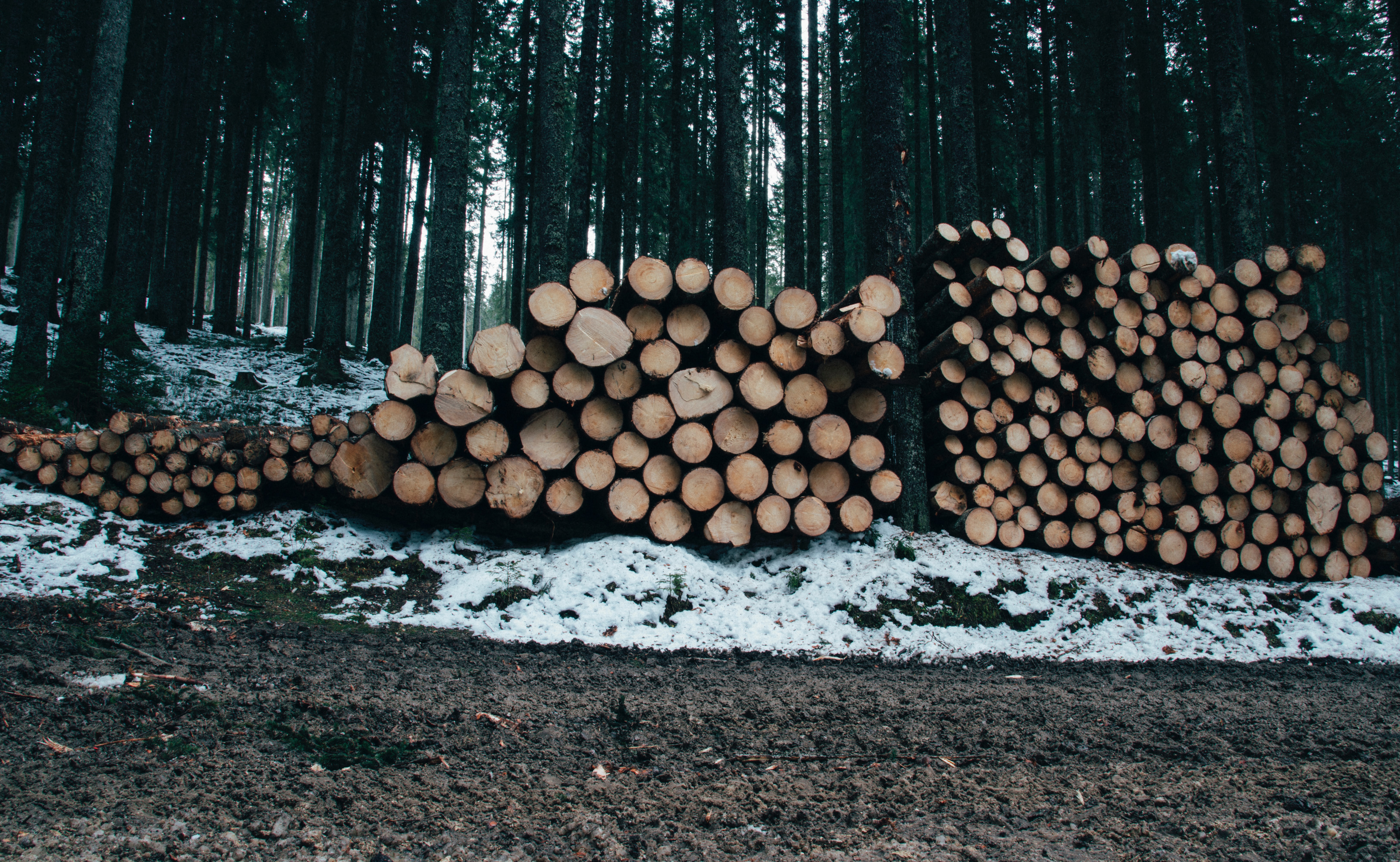
The residential and commercial sectors use firewood and wood pellets for heating. The commercial sector also consumes, and in some cases, sells renewable natural gas produced at municipal sewage treatment facilities and at waste landfills. The electric power sector uses wood and biomass-derived wastes to generate electricity for sale to the other sectors.
The world production of biomass is estimate at 146 billion metric tons per year. But Biomass accounts for 35% of primary energy consumption in developing countries. So In the future world biomass has tendency to provide a cost effective and sustainable supply of energy. It will be helps to reduce greenhouse gas emittions. By the year 2050, it is estimate that 90% of the world population will live developing countries.
Renewable Energy from Plants and Animals Biomass is one of the renewable organic material that comes from plants and animals. In ancient time’s biomass was the largely use energy source. Still in some developing regions biomass is using as fuel for cooking and heating purposes. As a remedy for high carbon dioxide emissions from fossil…


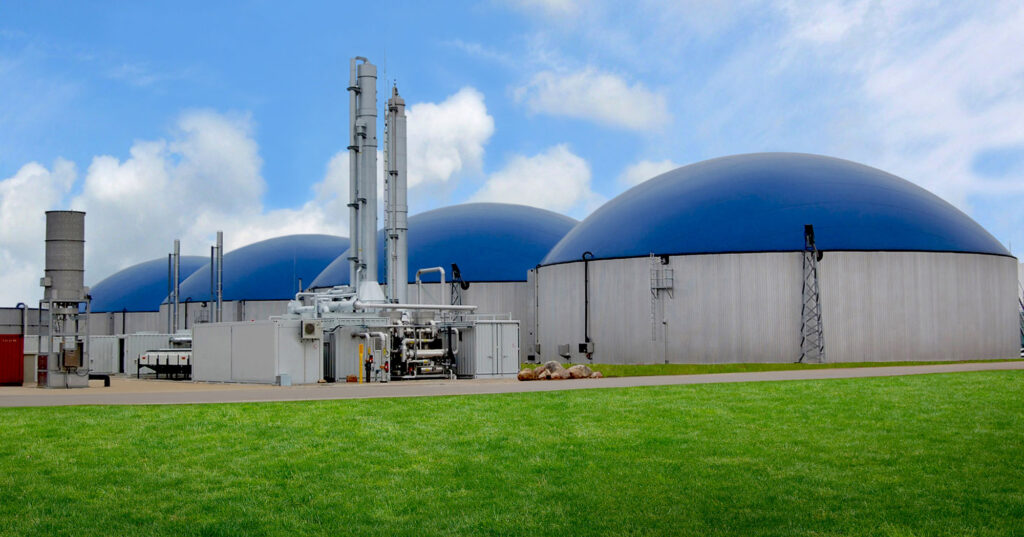
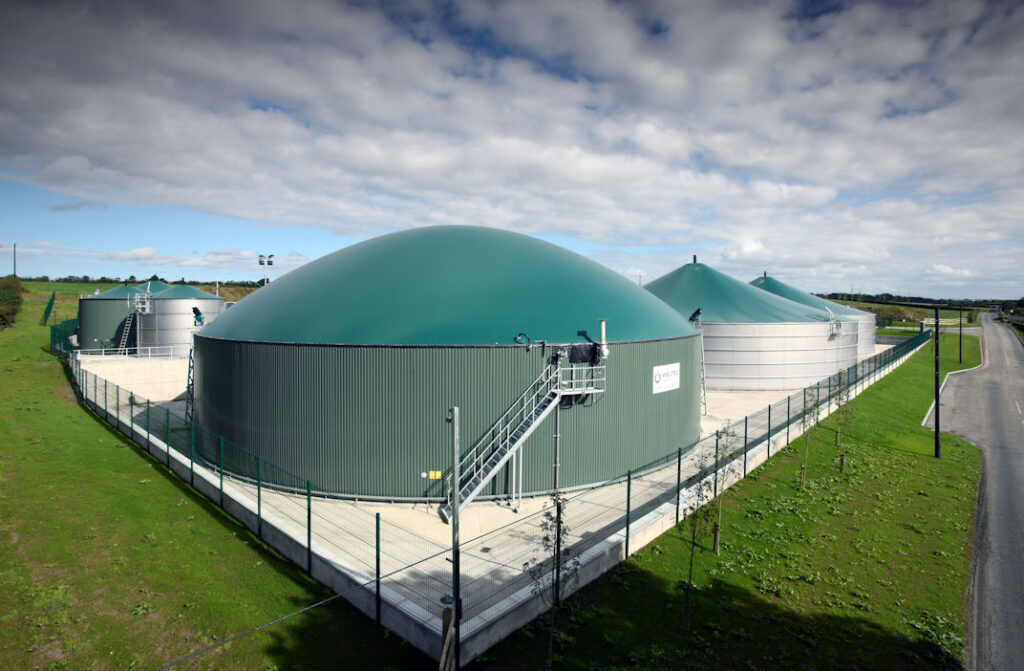
Has anyone shopped at Grand Traverse Vapor Ecigarette Shop in 4440 South Laburnum Avenue, Suite 200?
It’s really interesting 😍
La educación permanente abre nuevas perspectivas
I love what you guys are up too. Such clever work and coverage! Keep up the terrific works guys I’ve incorporated you guys to our blogroll.
Does your site have a contact page? I’m having a tough time locating it but, I’d like to shoot you an e-mail. I’ve got some suggestions for your blog you might be interested in hearing. Either way, great blog and I look forward to seeing it improve over time.